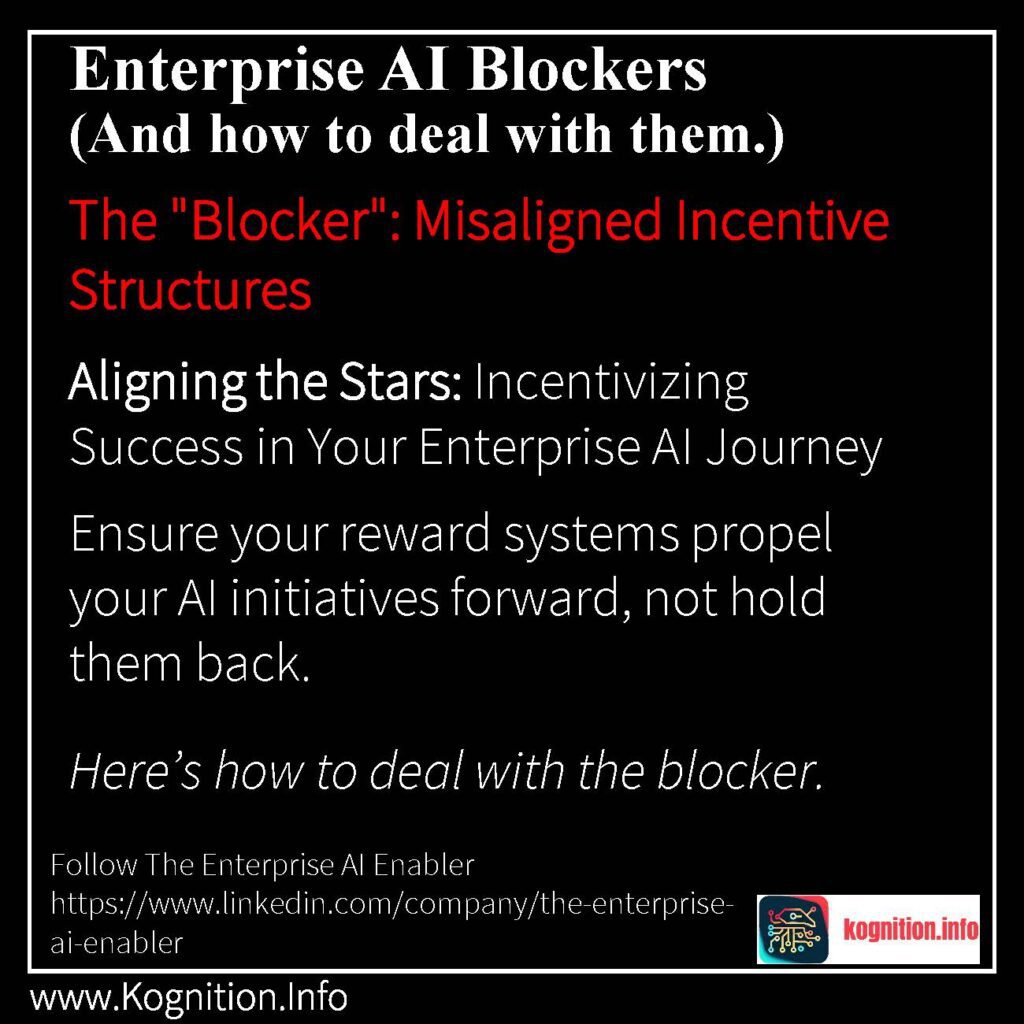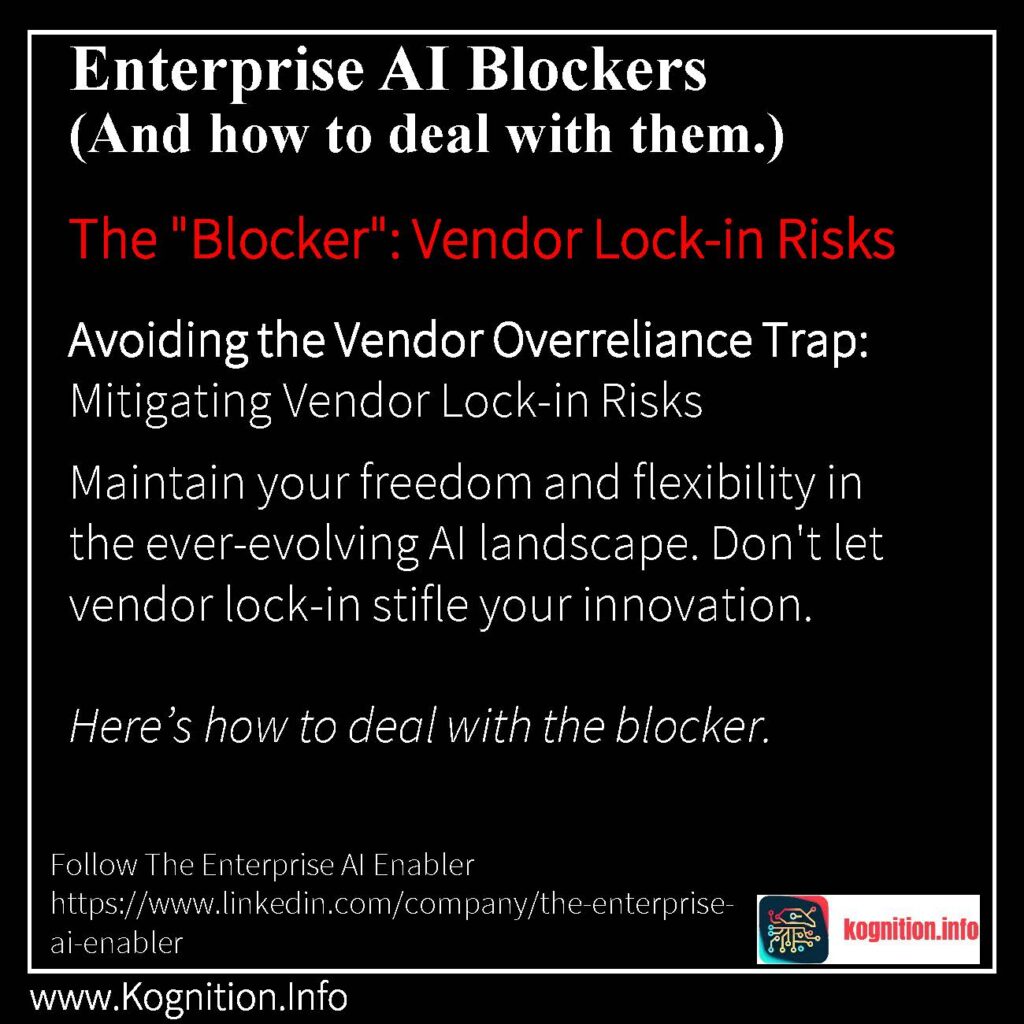The Right Minds for the Right Missions: Aligning AI Talent for Enterprise Success Enterprise AI is a complex endeavor with several Blockers (or Rocks) impeding progress. Here’s one blocker and how to deal with it. Don’t just hire AI talent, strategically deploy it to solve real business challenges. The Blocker: Inadequate Talent Alignment Imagine a…


